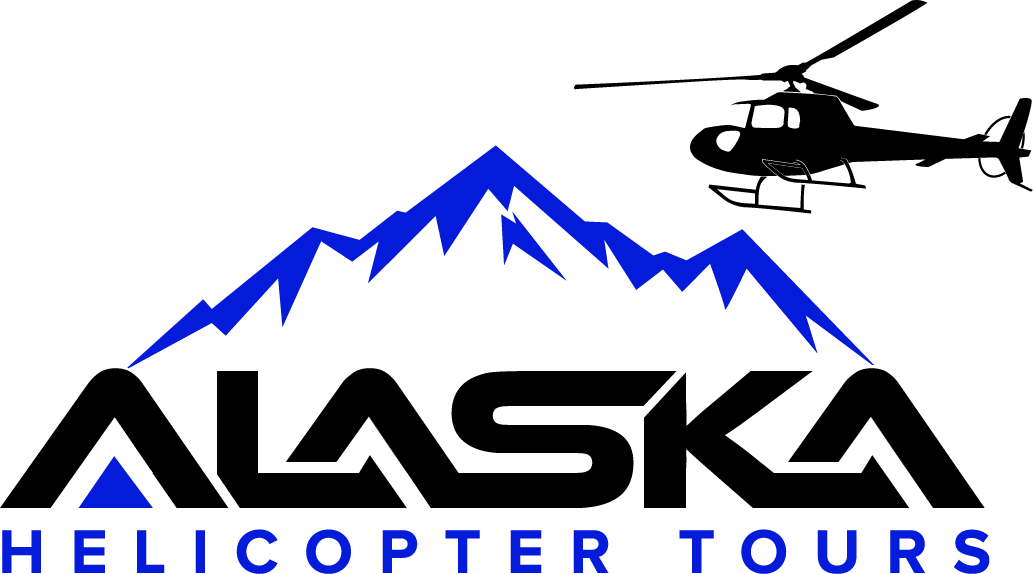What do I wear on a helicopter tour?
- chad1265
- Sep 23, 2021
- 3 min read
Updated: Jul 23, 2024
“What do I wear on a helicopter tour?” is a question we get all the time. And it is an important one. Our Alaska helicopter adventures run year-round, so the answer varies depending on the season and weather. However, there are key principles that you should know.
1. Layer, layer, layer

This is a good rule of thumb for your Alaska trip, not just for a helicopter tour. The weather changes quickly in Alaska; it can be all four seasons in one day. Layering is the key to comfort. If you’re on one of the glacier landing tours, it can be colder than the base since the elevation is higher. An alpine landing on the Grand Knik Tour is usually a bit colder.
Wear a long sleeve shirt, preferably made with wool or synthetic, and bring a couple of other layers. I like to bring a fleece and a light-down jacket as a base layer. A rain jacket is always a good idea because it helps protect against the wind and precipitation as well as working as an extra layer. Of course, if you’re traveling in late fall or winter, you’ll need an extra outer layer and long underwear.
2. Hats and gloves

Even when I’m on a glacier tour in summer, I always bring a hat and gloves. As I mentioned, you never know what will happen in Alaska! Because we’re up on a glacier, the wind can be colder and sharper. Having a hat and gloves can go a long way toward keeping you comfortable.
3. Sturdy shoes

Leave your open-toed shoes, sandals, high heels, flip flops, and slippers at home, please. Instead, wear sturdy shoes with protection like hiking shoes, sneakers, etc. For glacier landing tours, your pilot will guide you to great spots for scenery, melt pools, and some cool glacier features. As you can imagine, glaciers are slippery! We have ice cleats for the tours that land on ice. It’s best to have sturdy shoes to support ice cleats.
4. Sun protection

It seems ironic, but we can get a sunburn from the glacier. It’s true! Glacial ice reflects most of the sun’s rays. That’s why the huskies wear black patches under their eyes: to absorb sunlight, just like you see on athletes. Sunglasses are recommended and you might need long sleeve shirts, a hat, or sunscreen on a sunny summer day.
5. A camera, or not
A helicopter glacier tour is a once-in-a-lifetime experience for a lot of our visitors. Alaska’s scenery is so grand, it helps to see it from up in the air. We leave our base at Knik River Lodge and fly directly to Knik Glacier, which is about five minutes away. In the wilderness you’ll see wildlife (or their tracks), glacial features like melt pools and crevasses, and the amazing scenery of the Chugach Mountains. Everywhere you look it’s picture-perfect. Mobile phones take great photos and videos. If you’re bringing a camera, we recommend a lens with a focal length range between 24-120mm. If you’re a serious photographer and want to arrange photography-focused tours, we can help.

Bring a camera to capture all the beauty, or not. We offer a photo package as an add-on that includes videos of the whole flight and photos taken by our pilots. Then you can really focus on your experience without worrying about getting good photos or videos. Our pilots are multi-talented, their duties include, but are not limited to, safely flying a helicopter, as well as being a tour guide and photographer.
6. A water bottle
For summer glacier landing tours, a water bottle is a must. What for? To drink the freshest water on earth! When glacier melt pools open up, they become one of the main highlights of the tour. Your pilot guide will lead you to the freshest water for filling up. Be prepared for some refreshingly cold thirst-clenching water!
What about a glacier dogsled tour?

A good question. For a glacier dogsled tour, follow the same guidelines but I would recommend adding an extra layer, hat, and gloves. Our base for the glacier dogsled tour is at about 5,000 ft, so it can be chilly even in summer. We will outfit you with an over-the-shoes waterproof boot layer. You will be driving the sled, and you’ve got to stay warm!



















